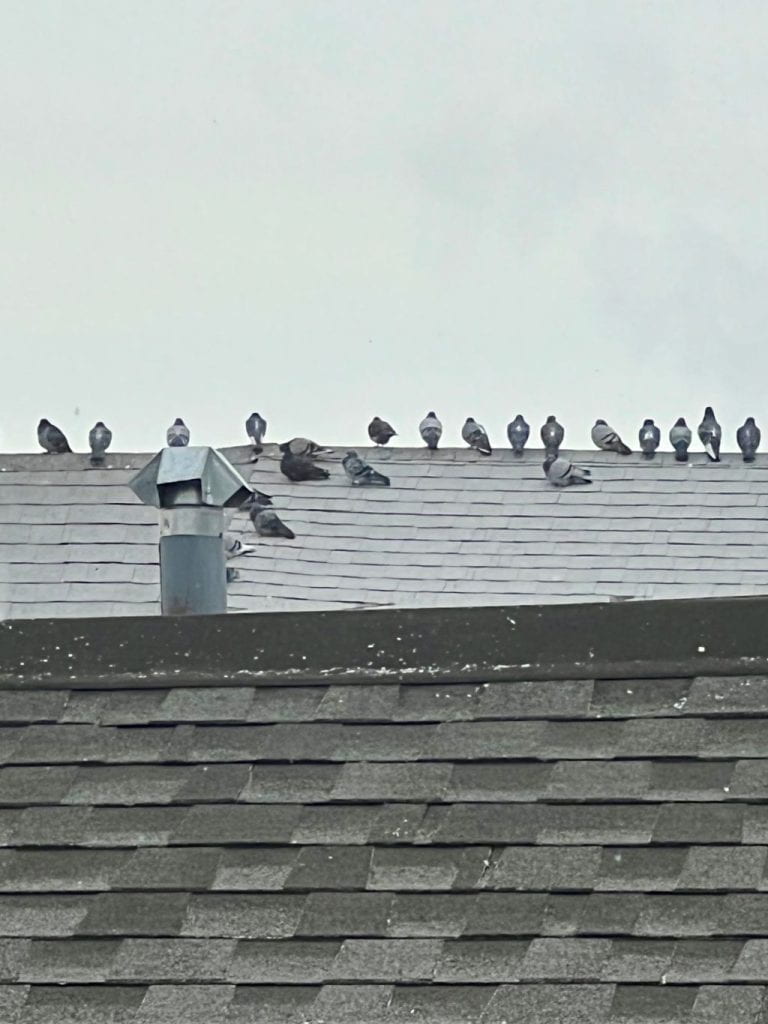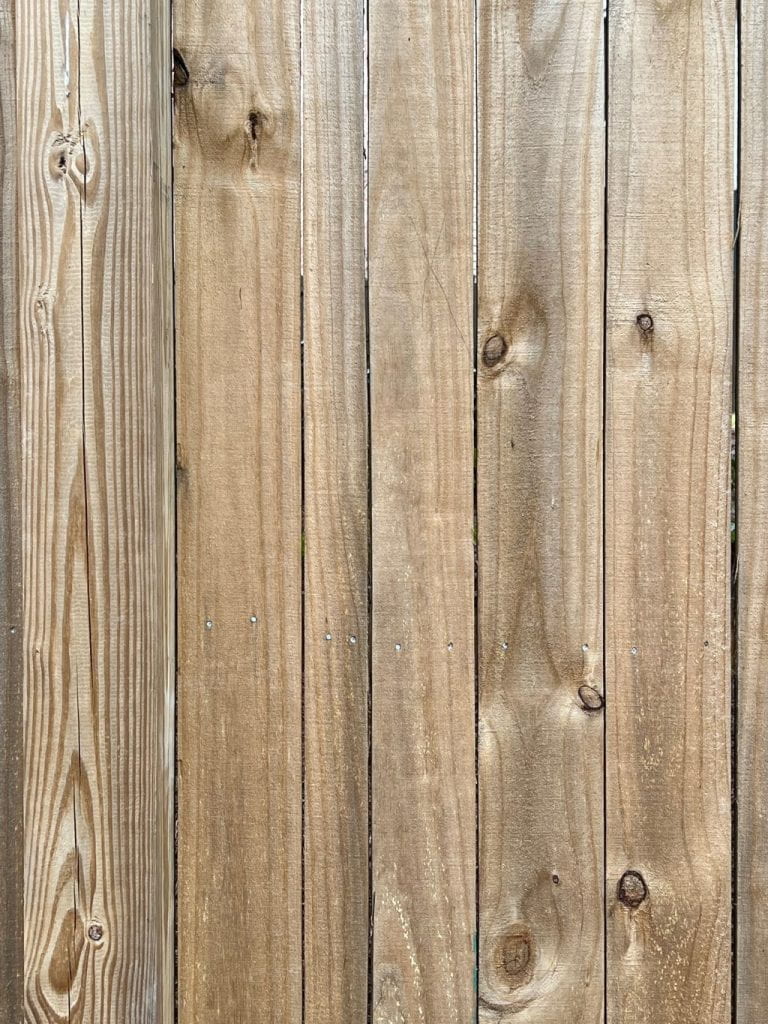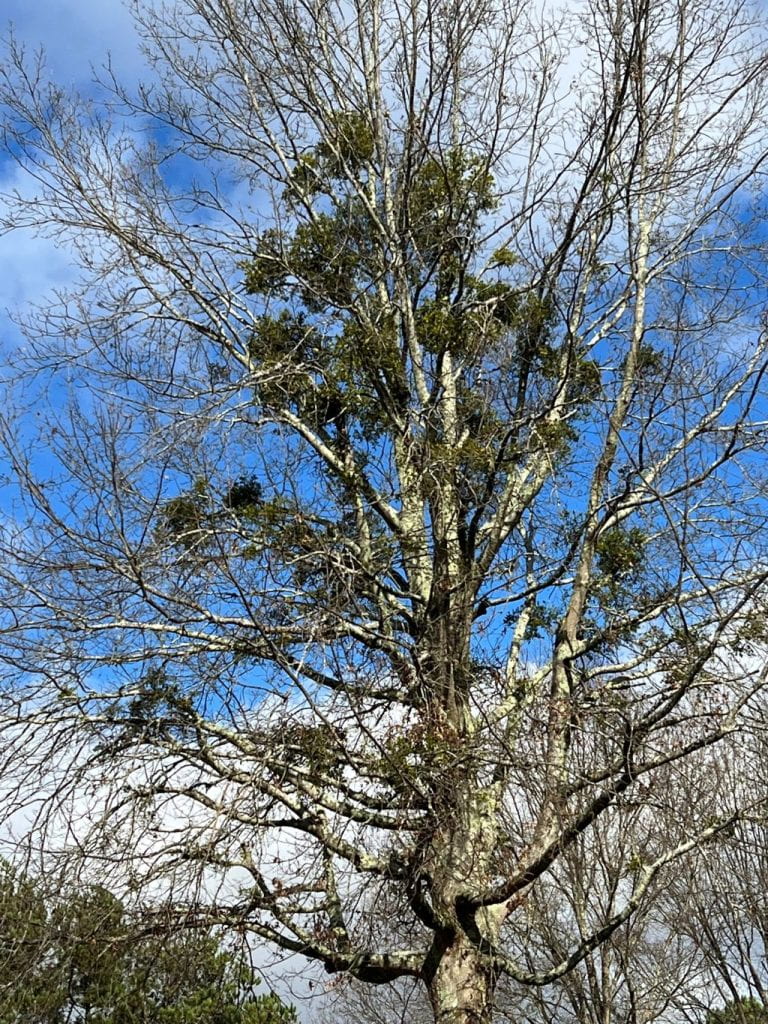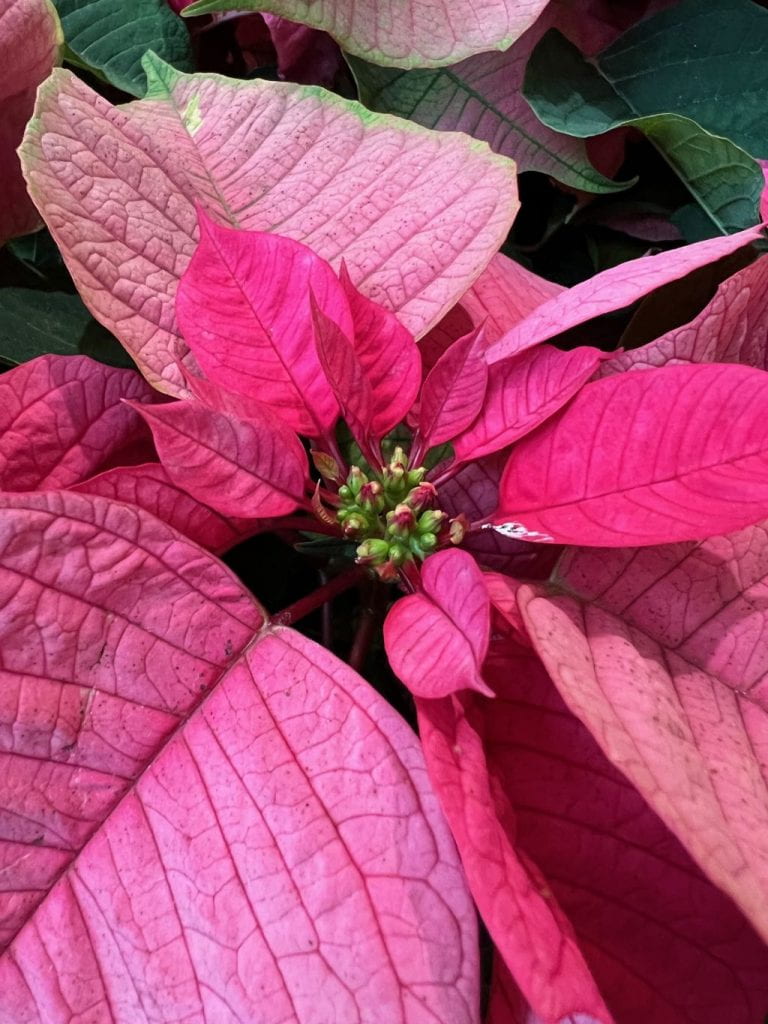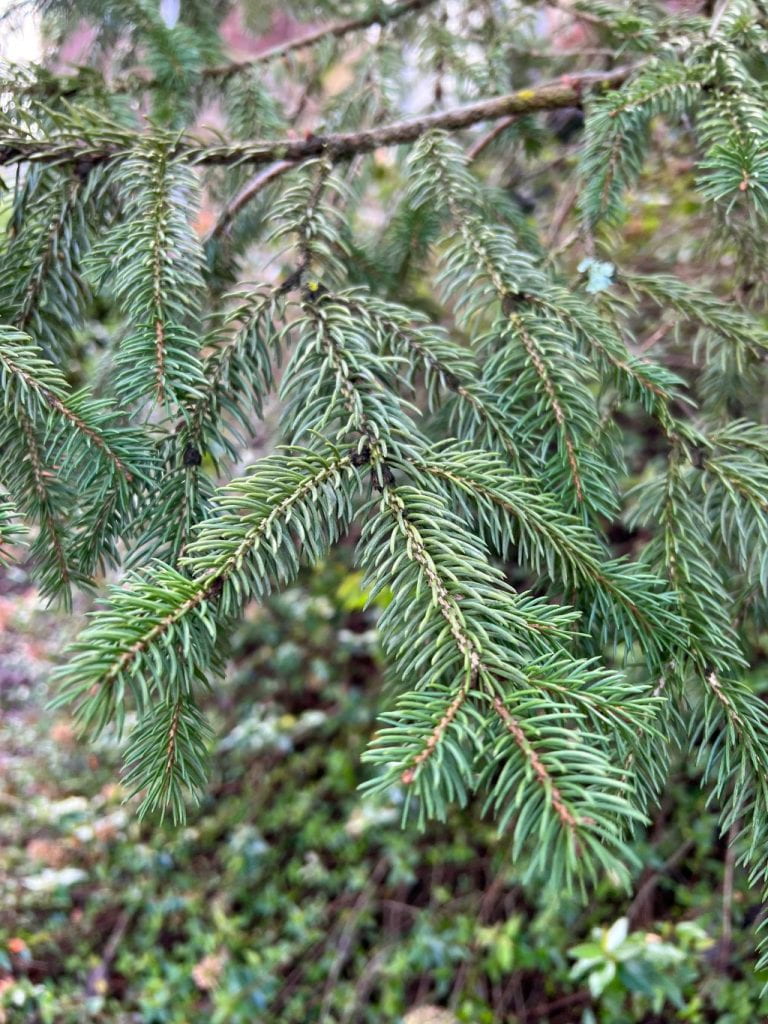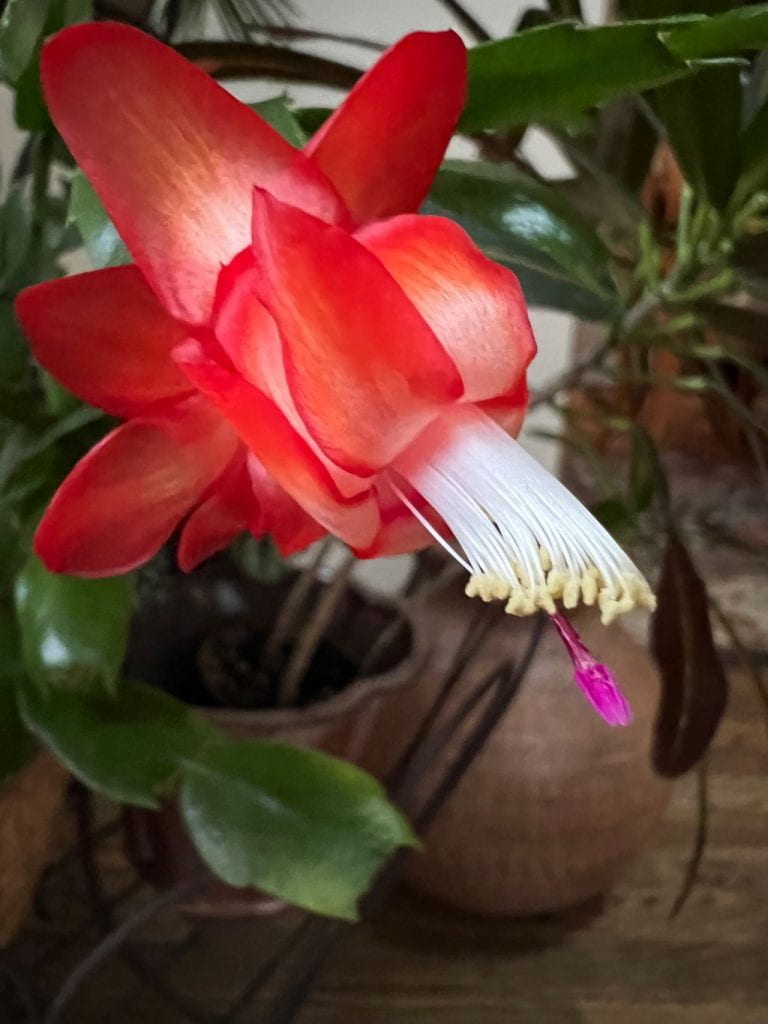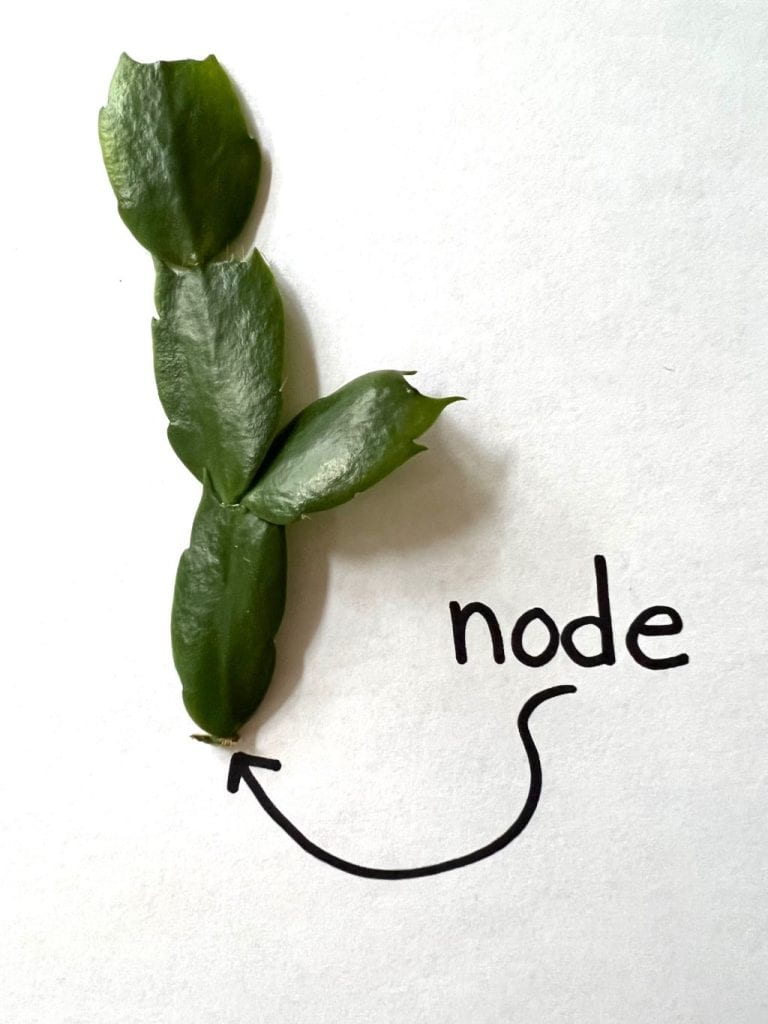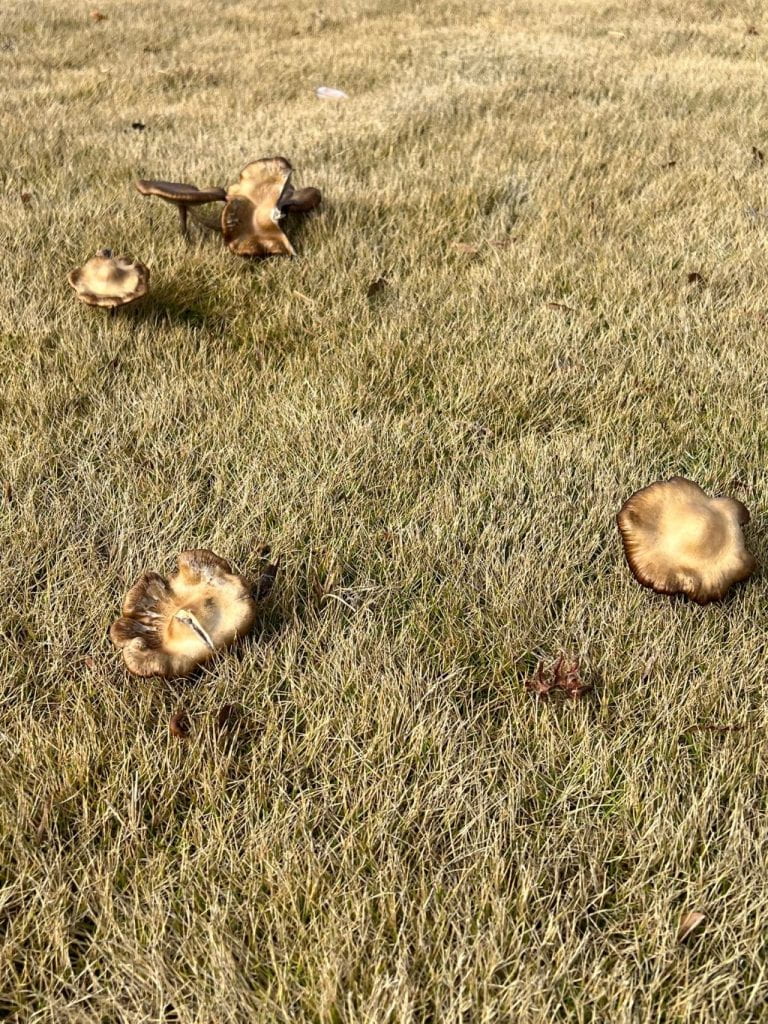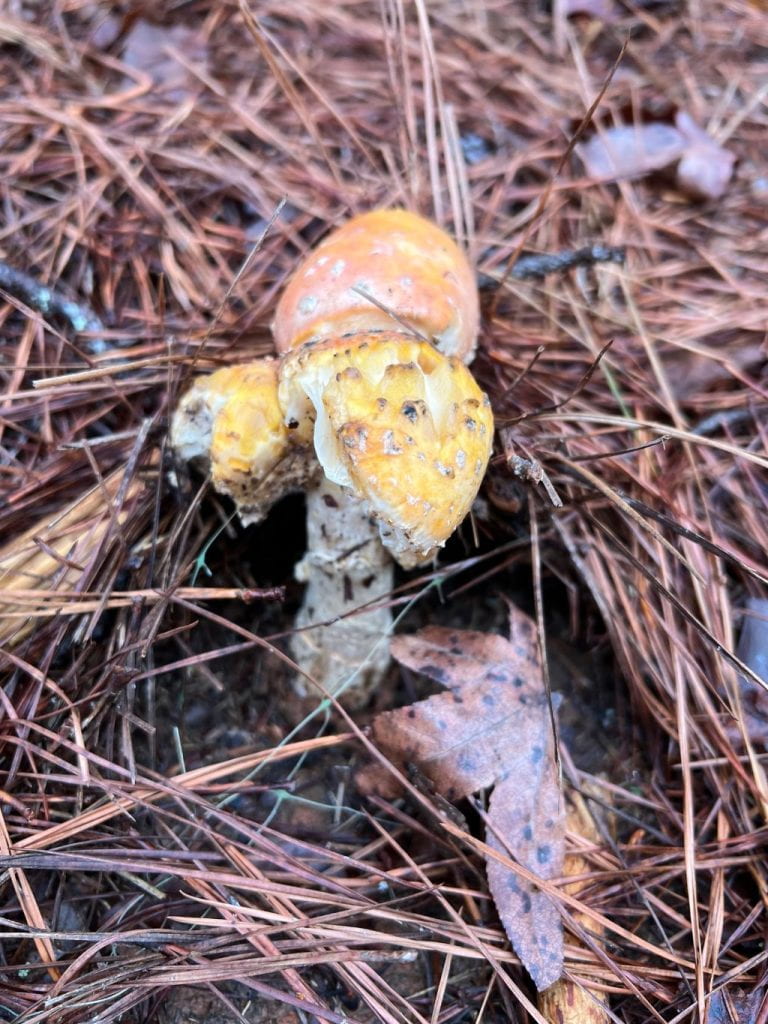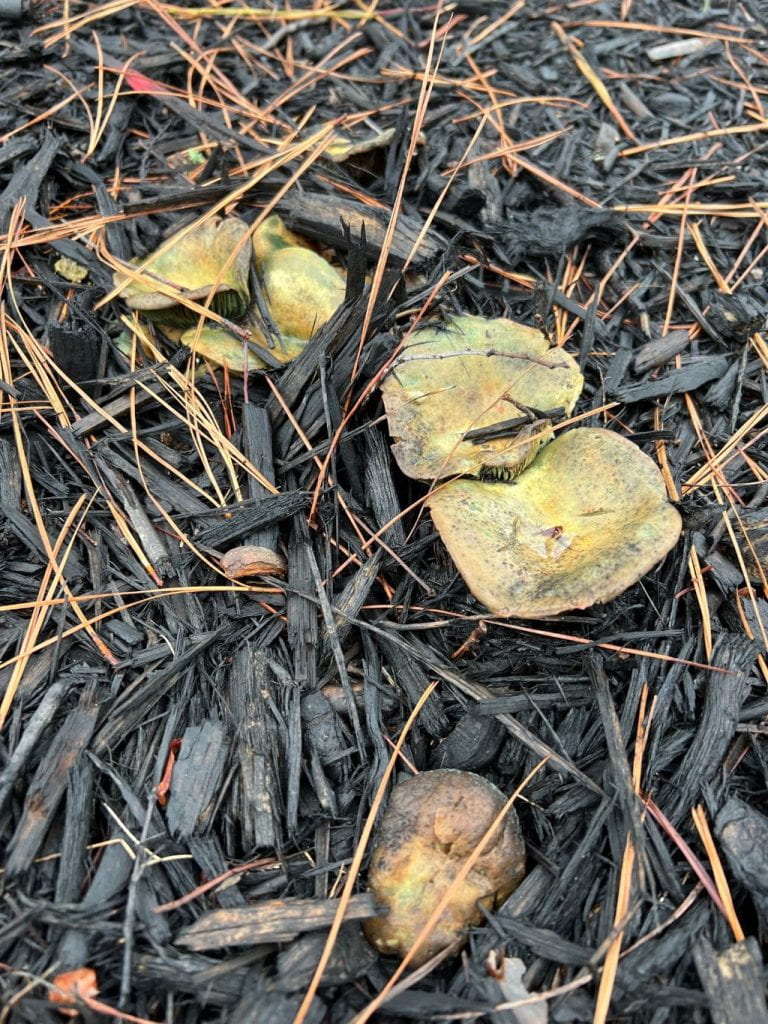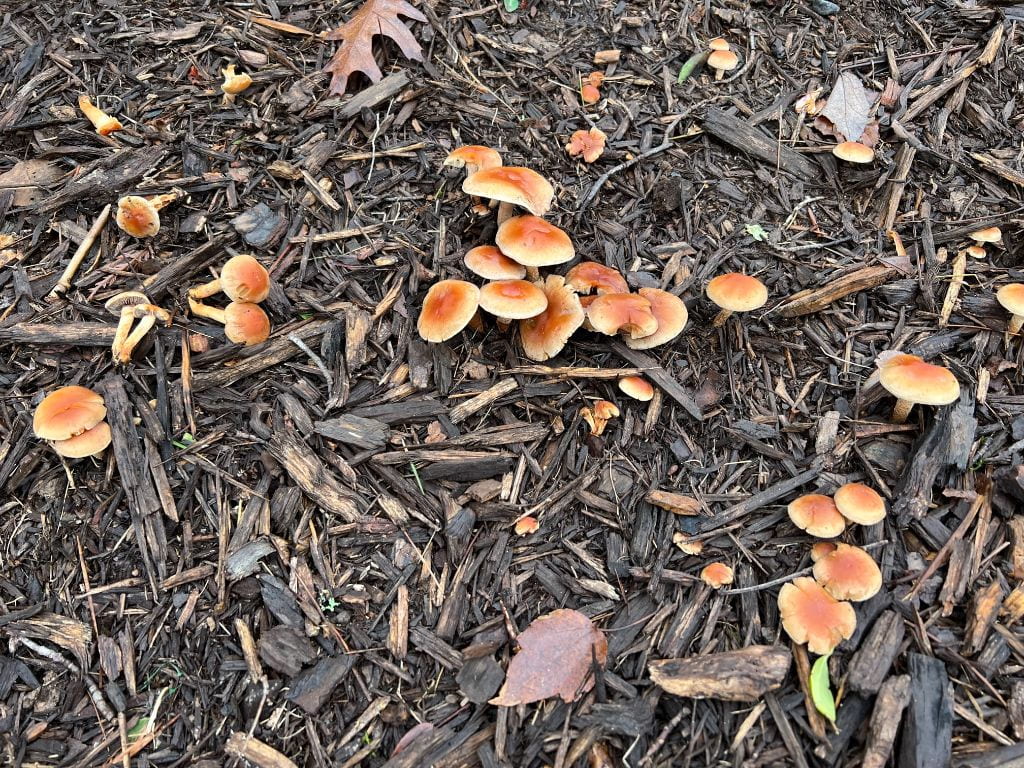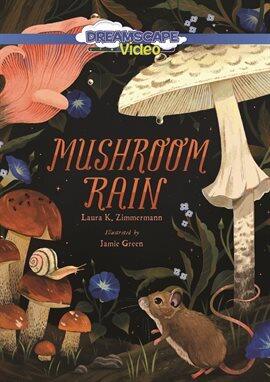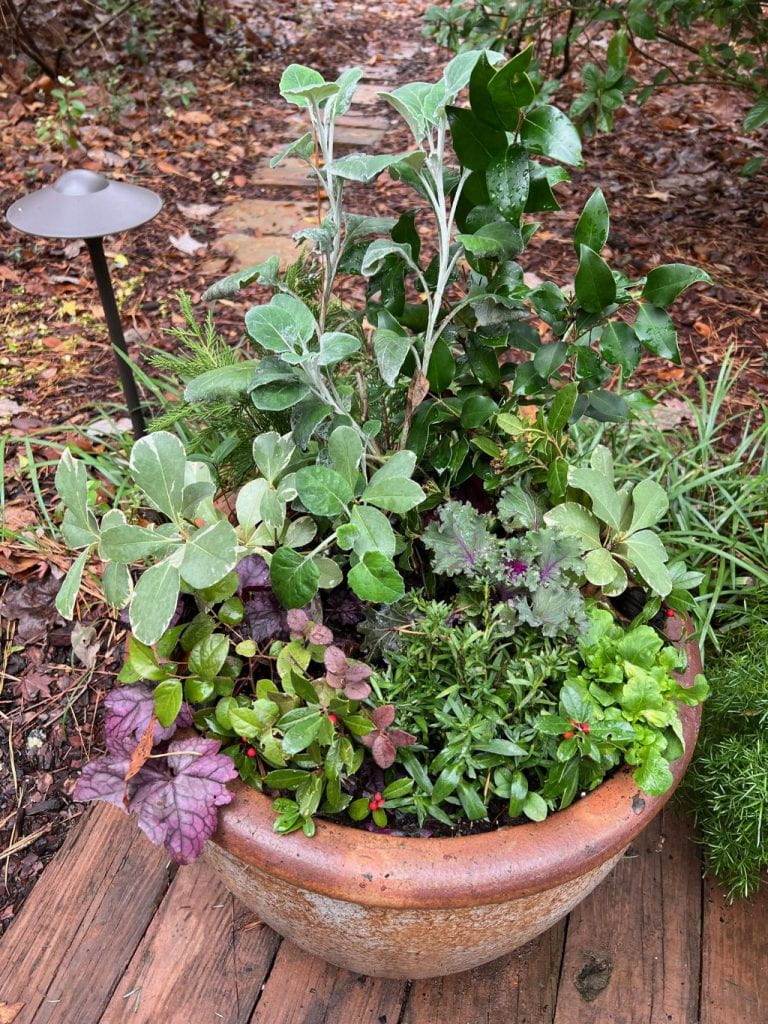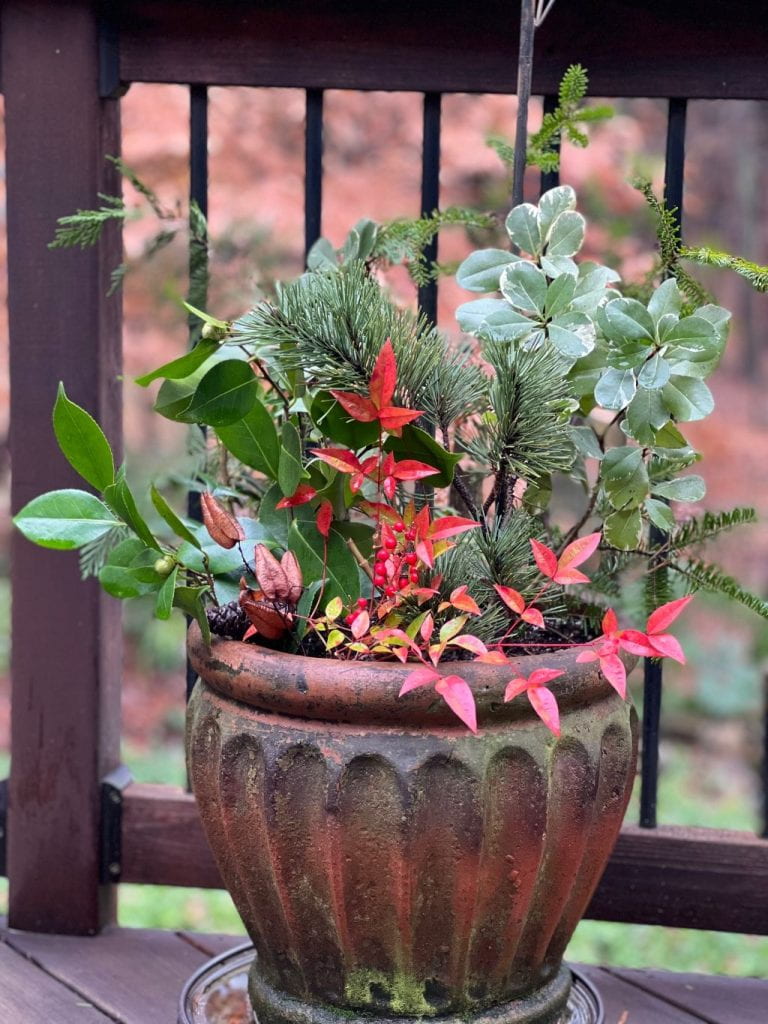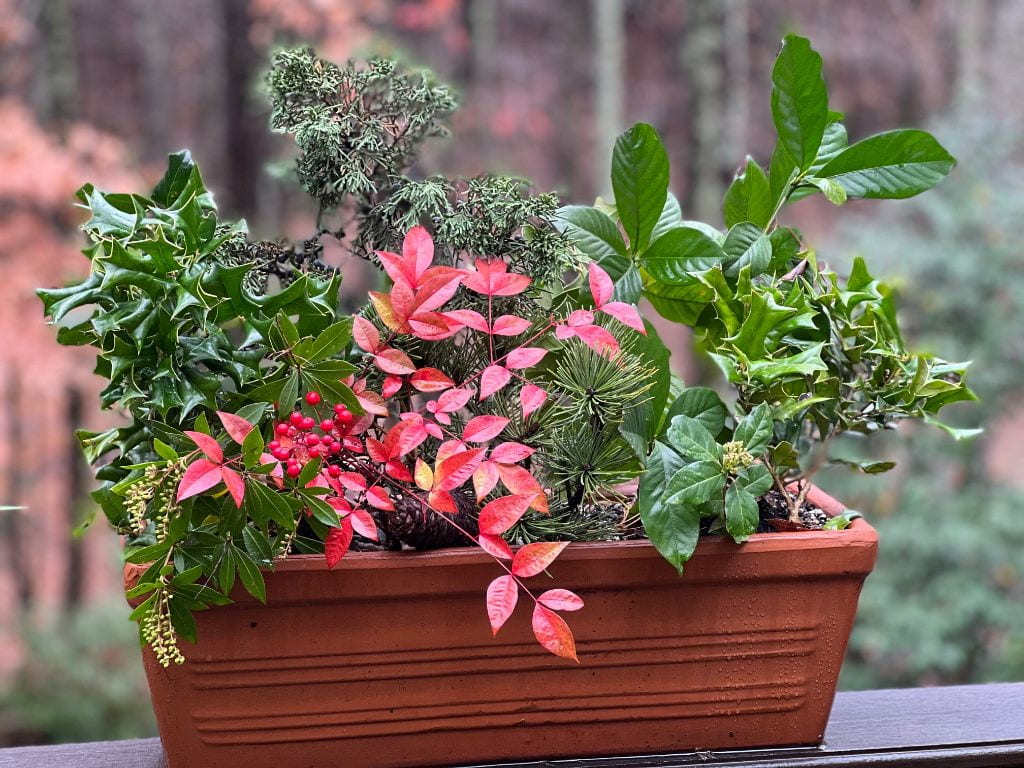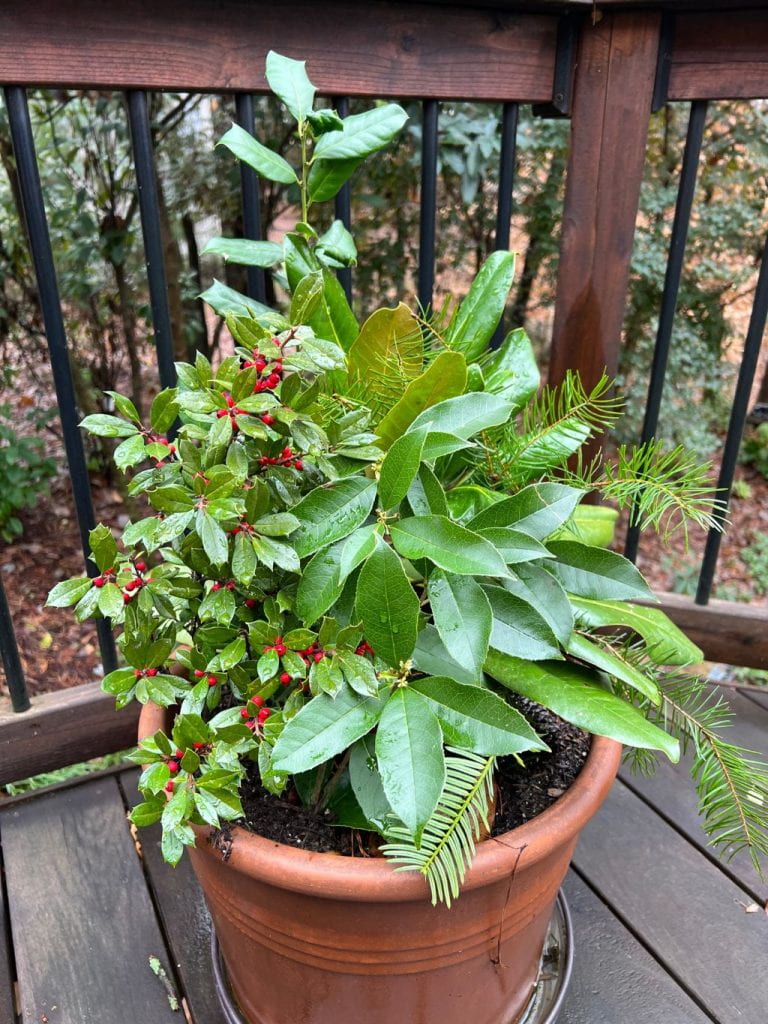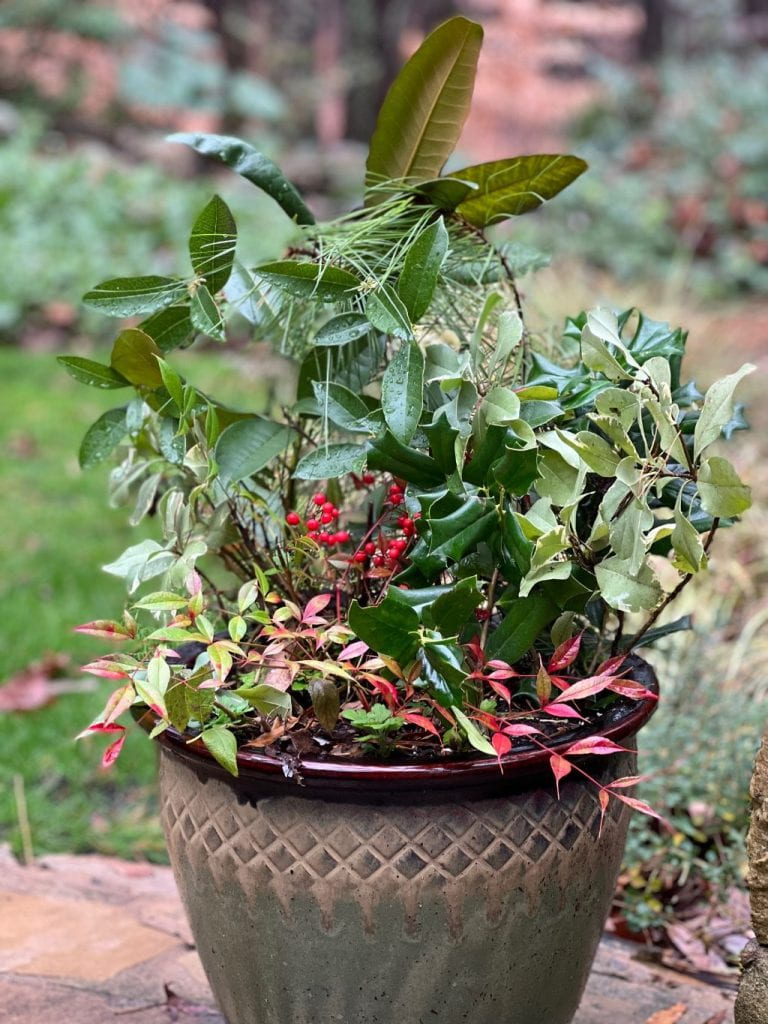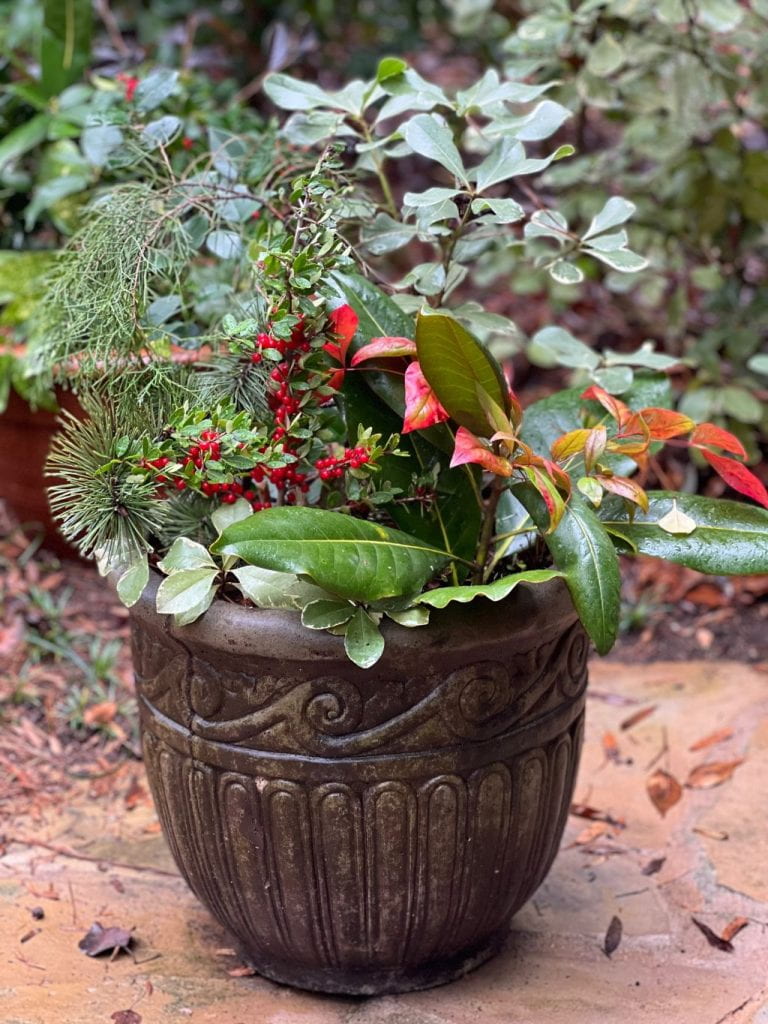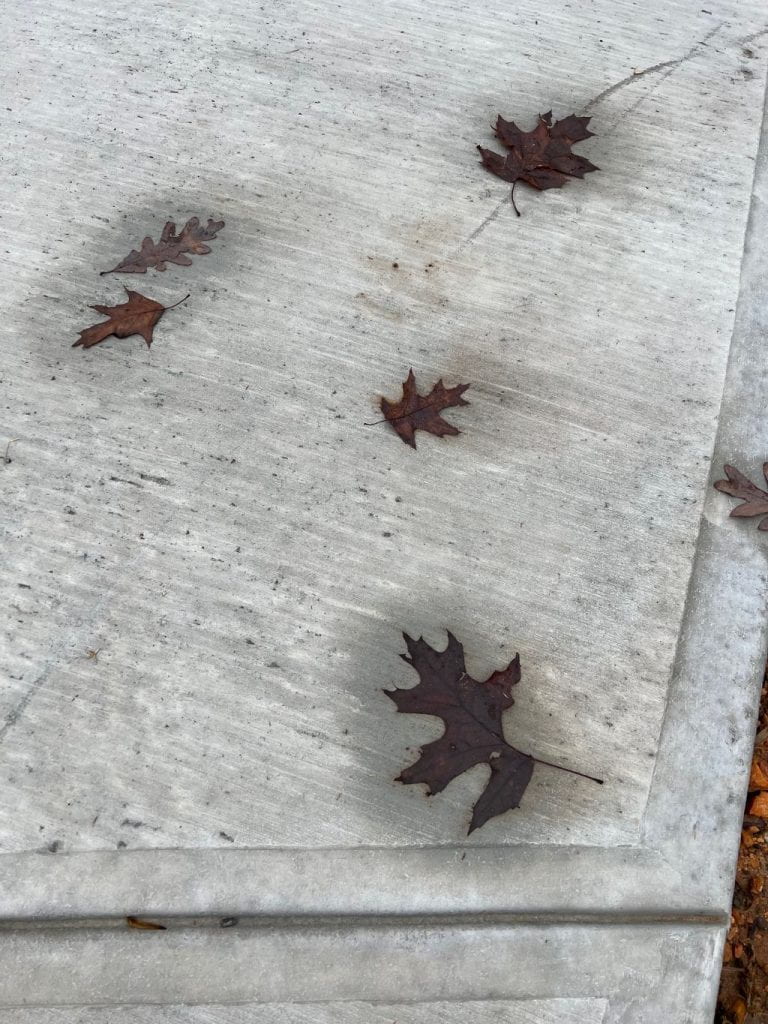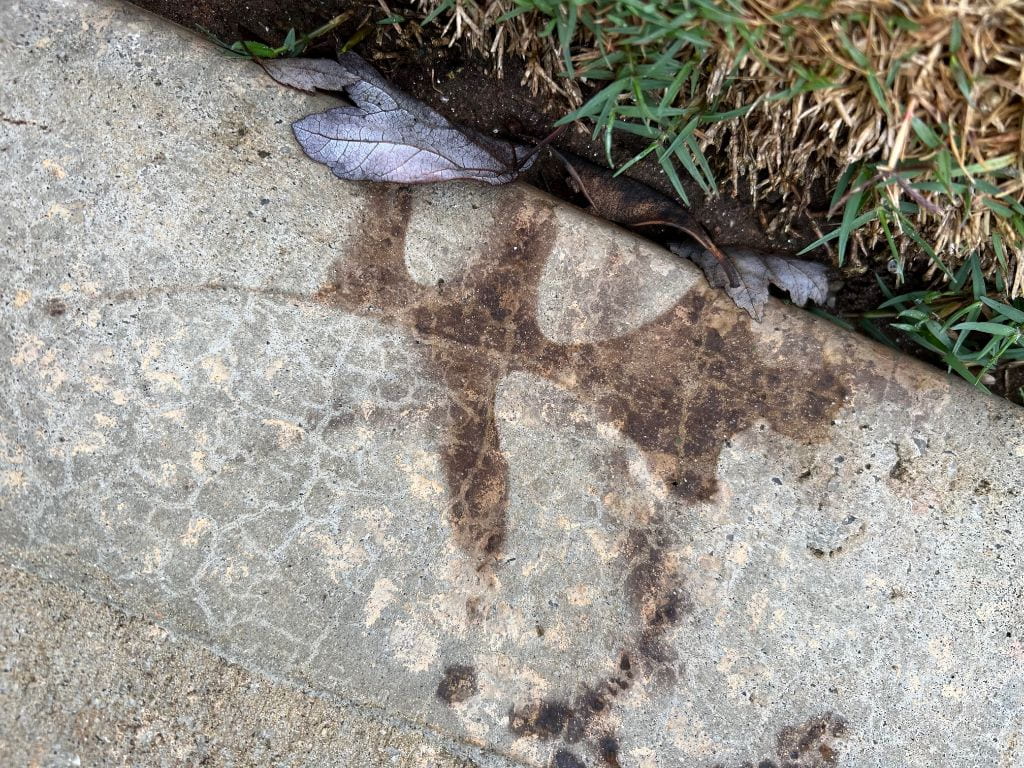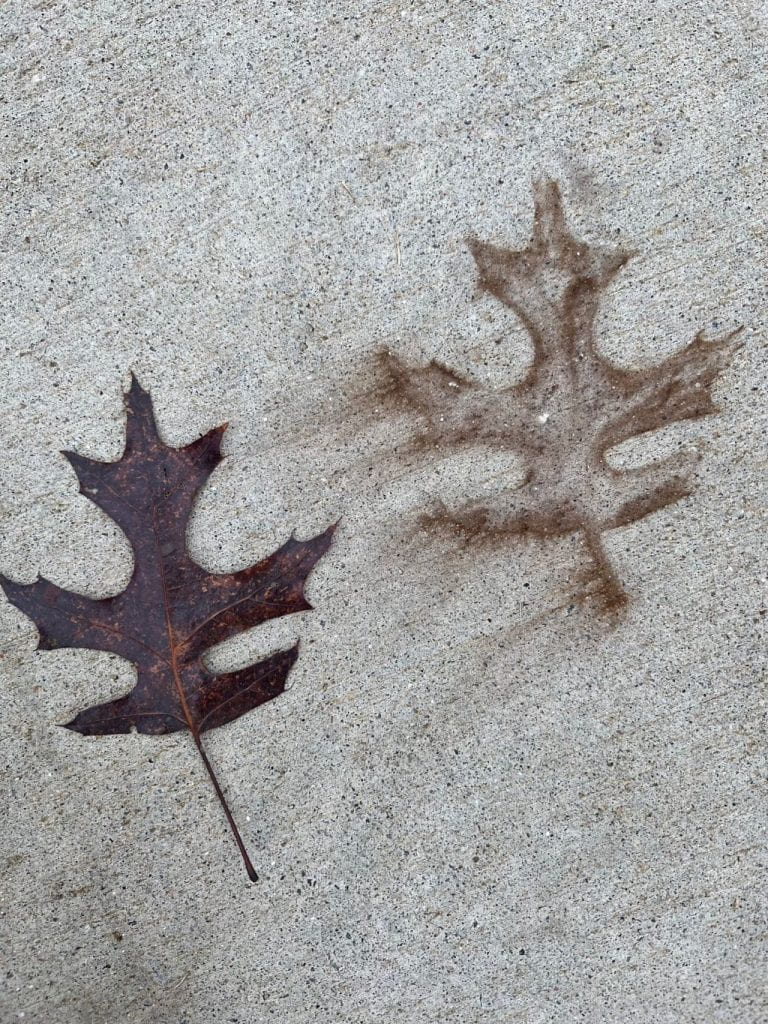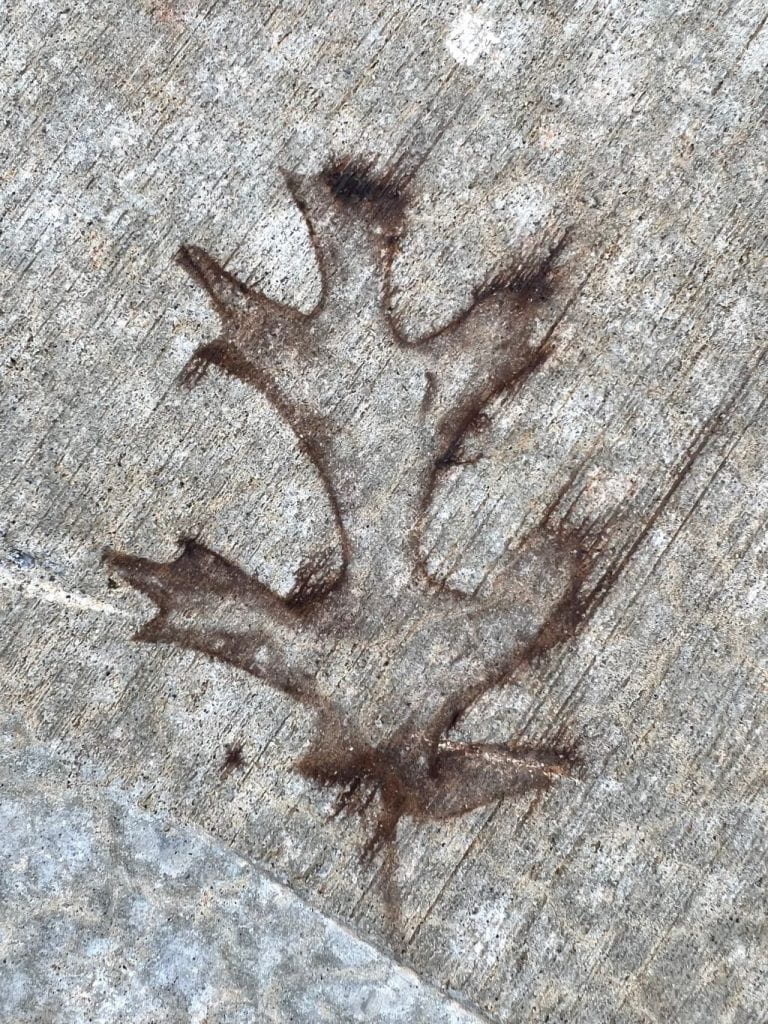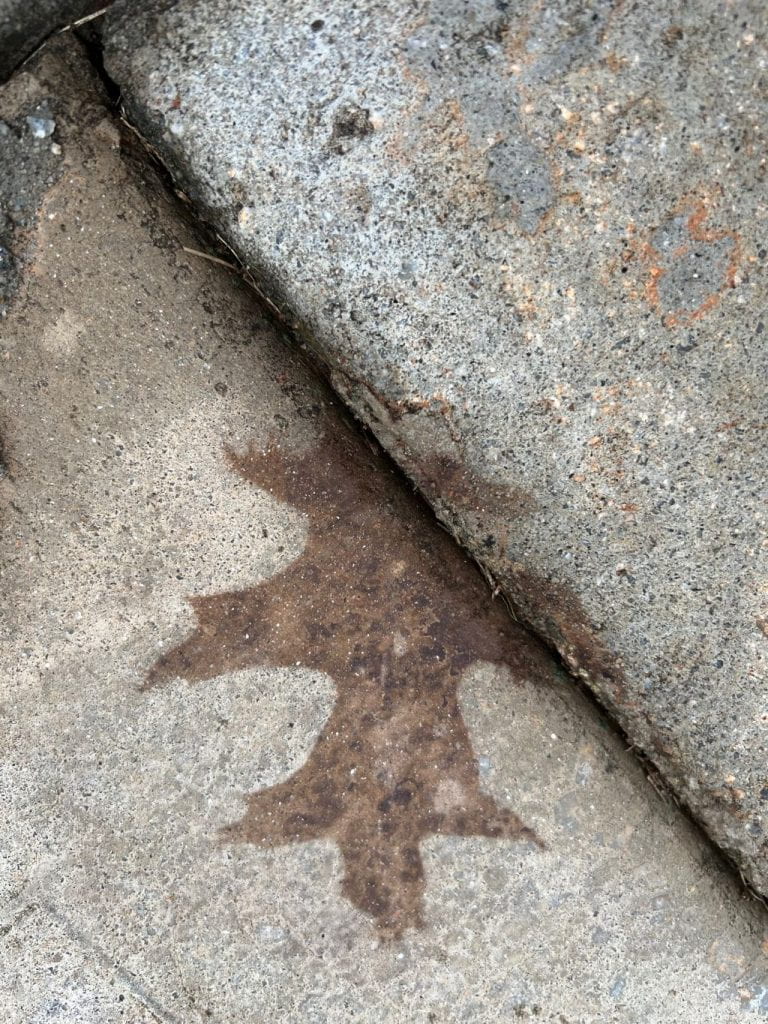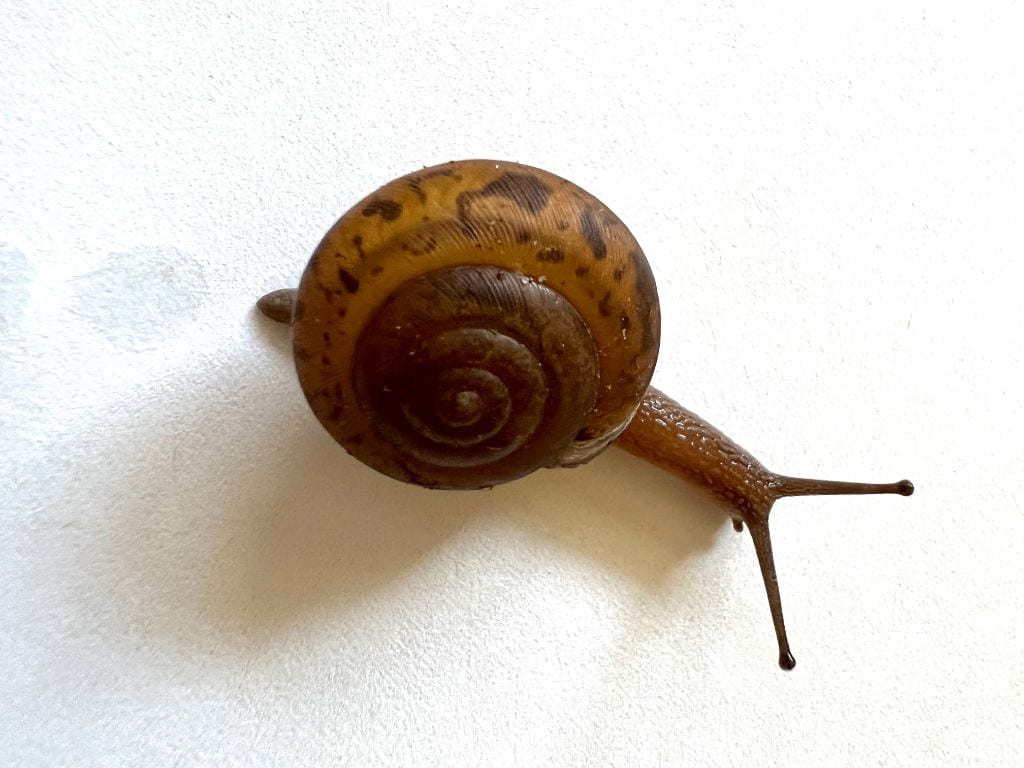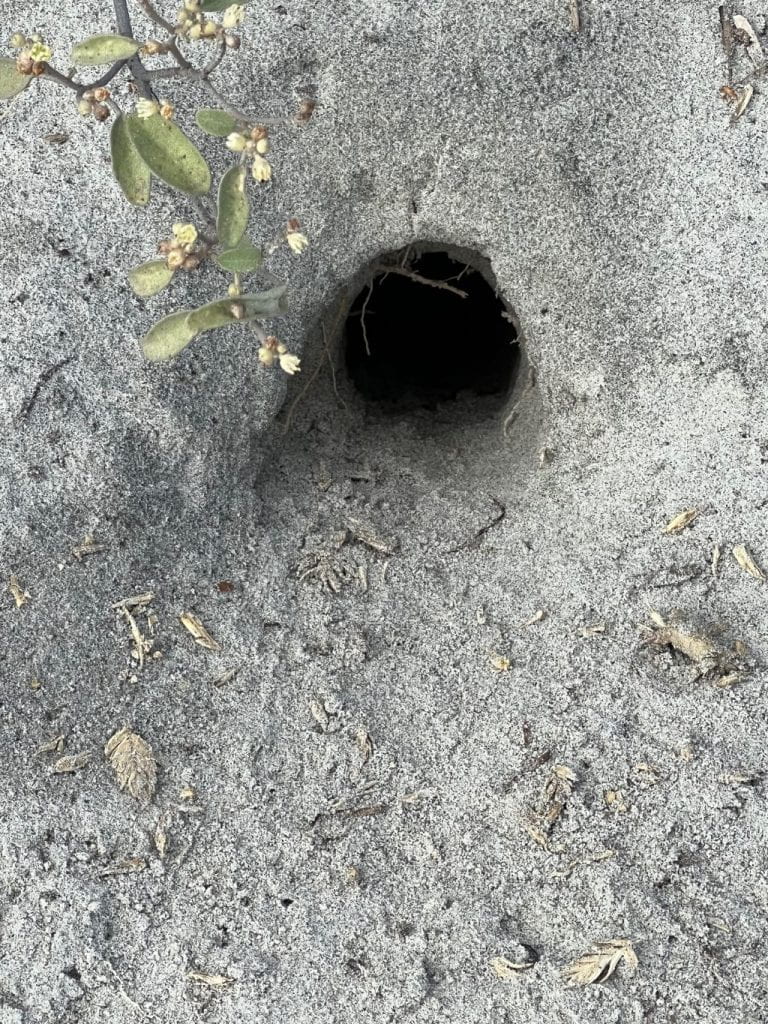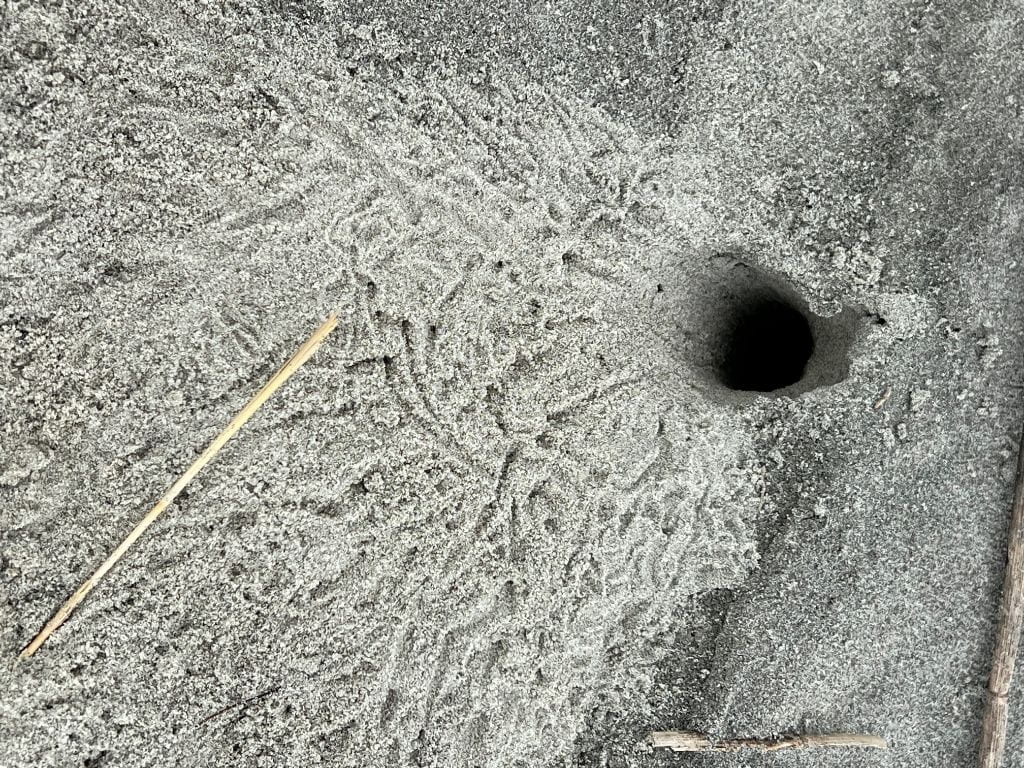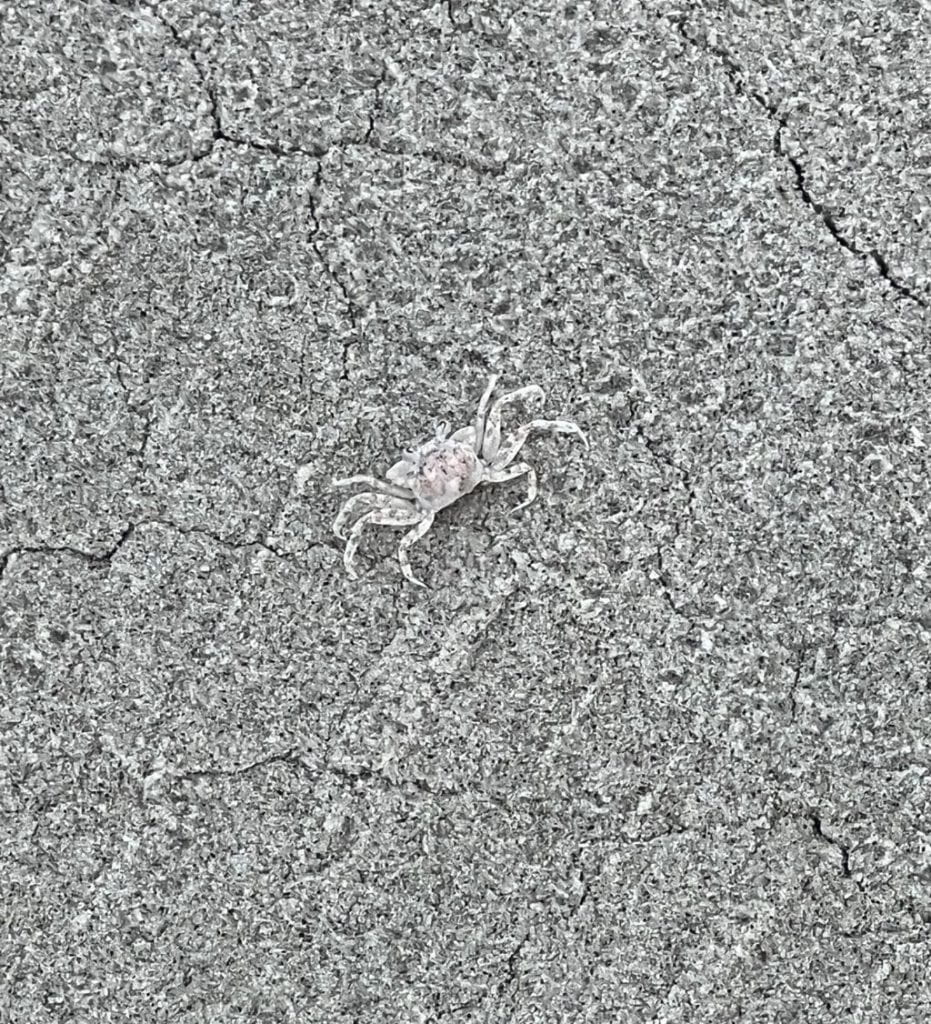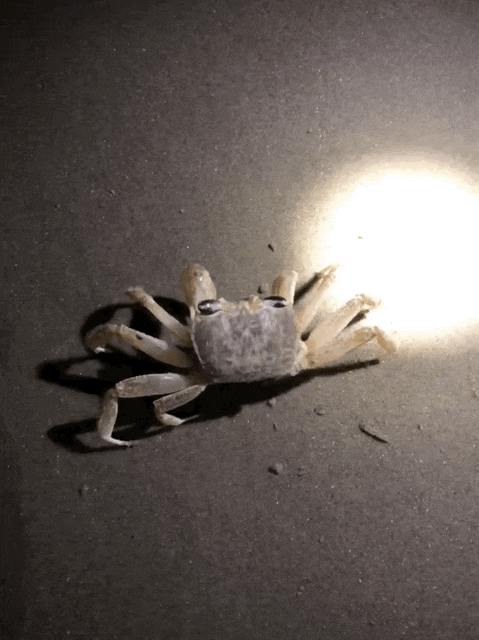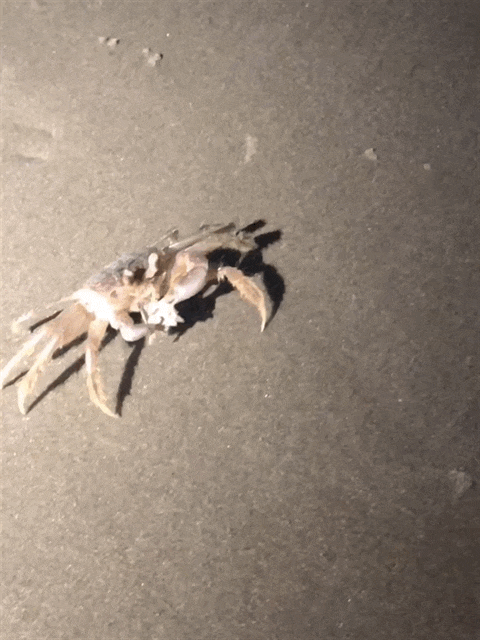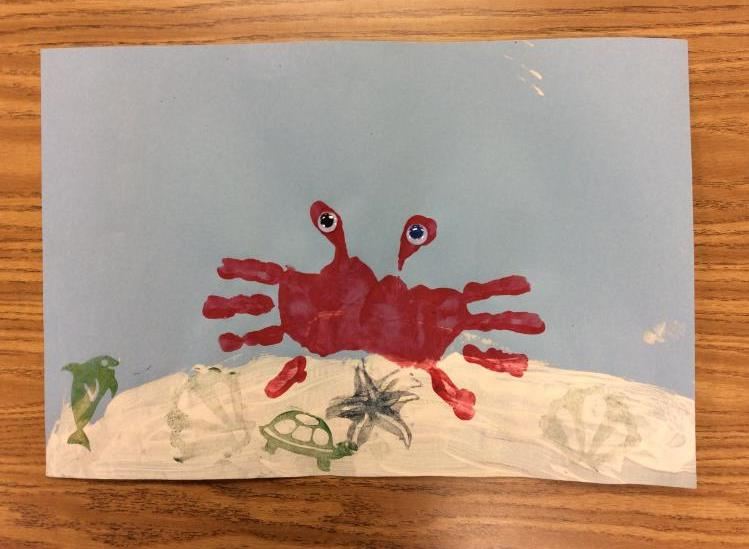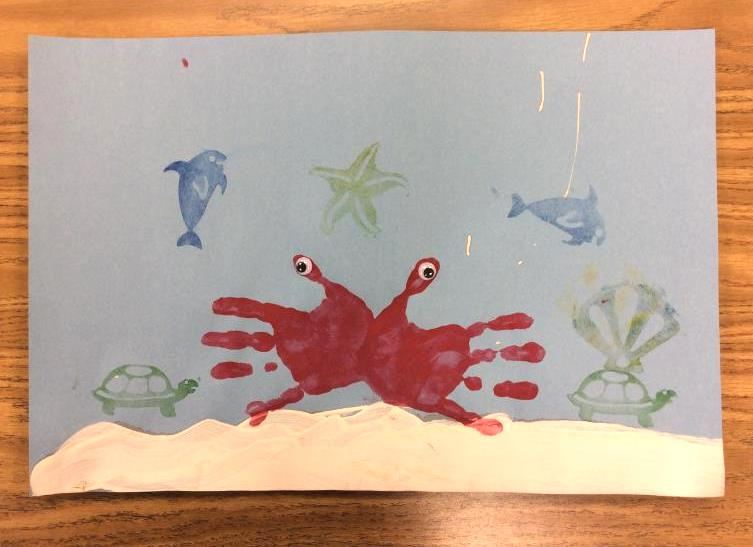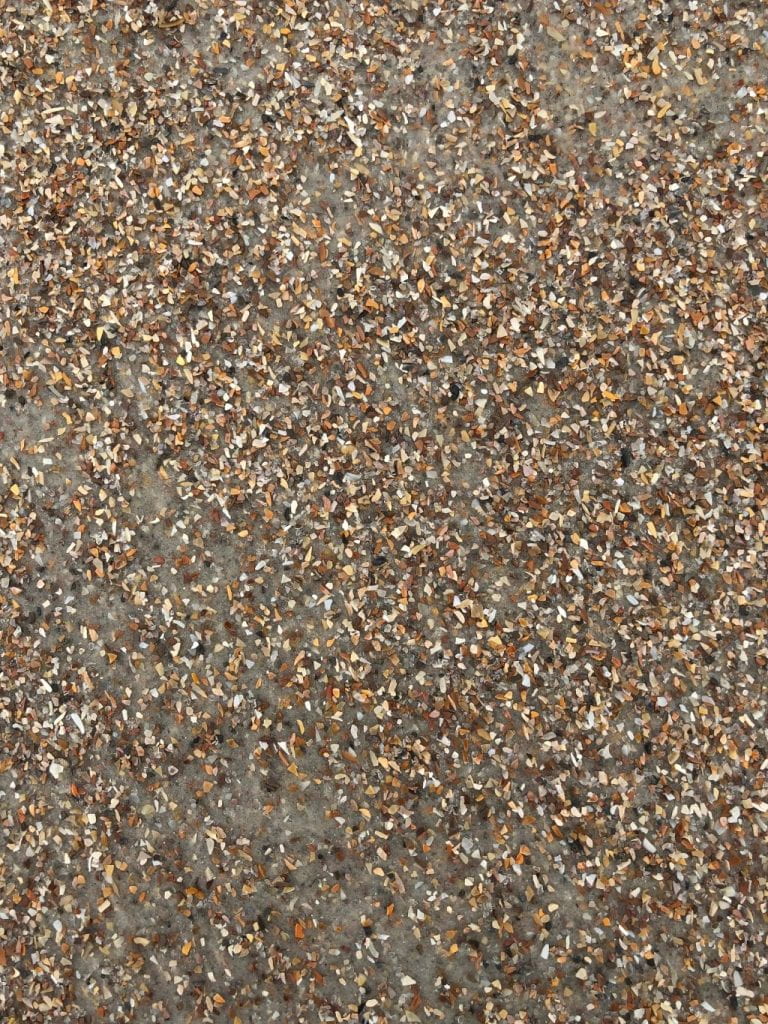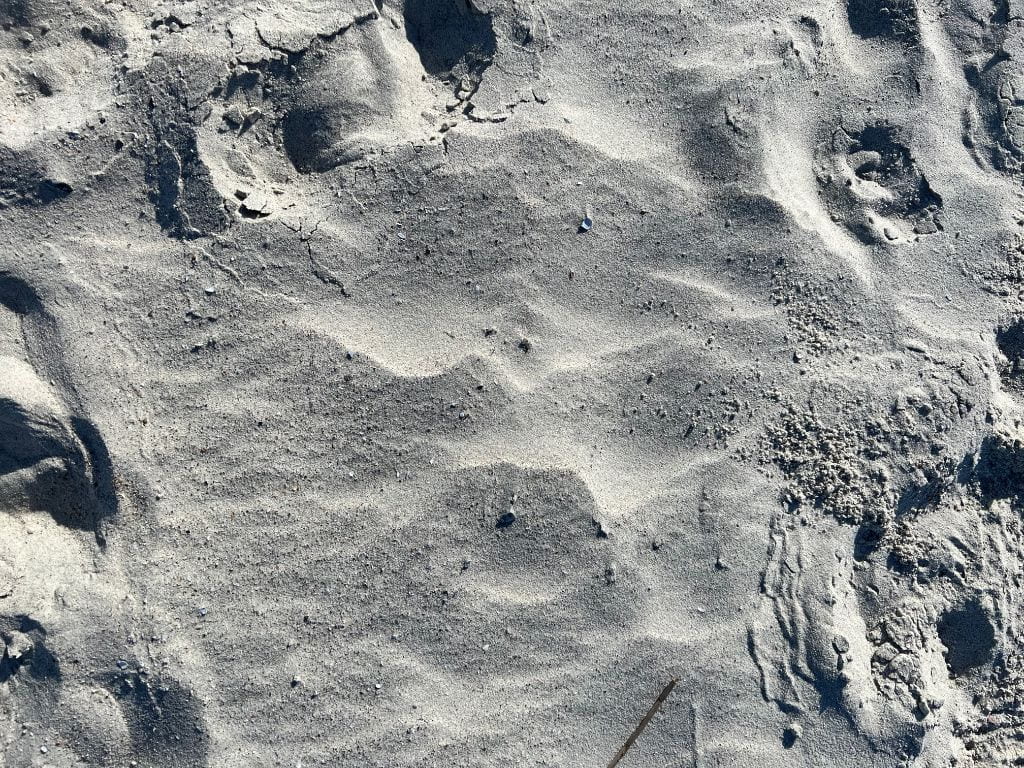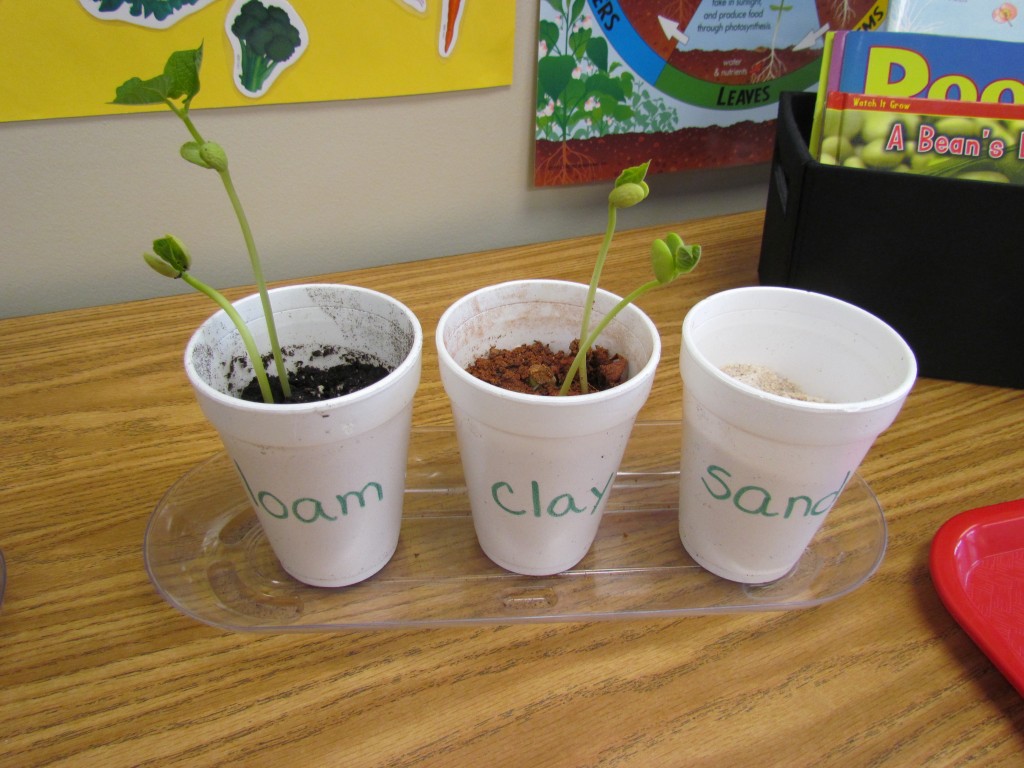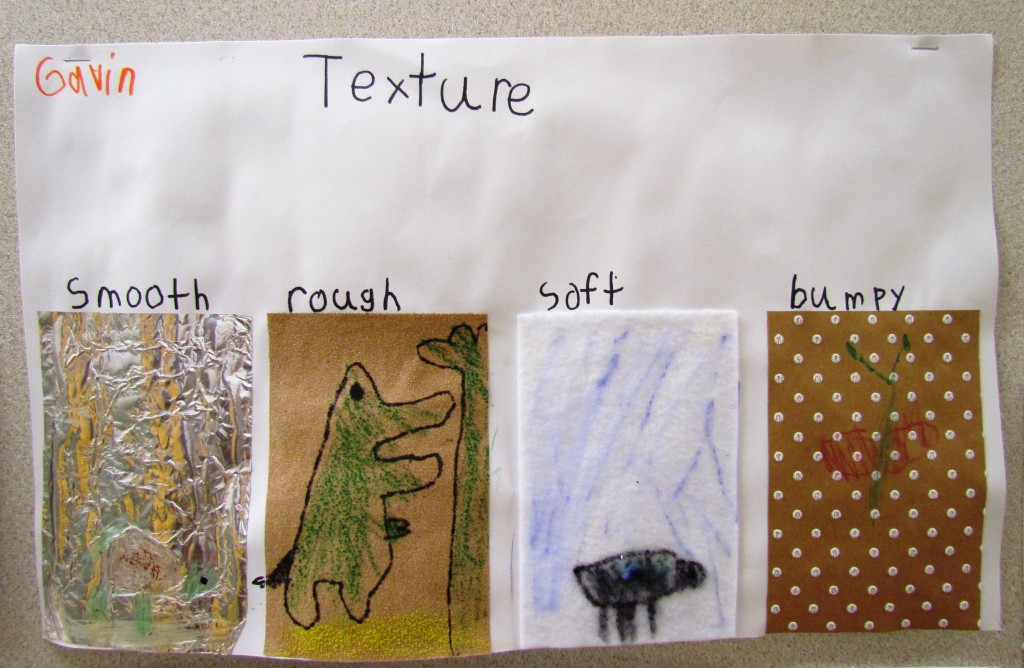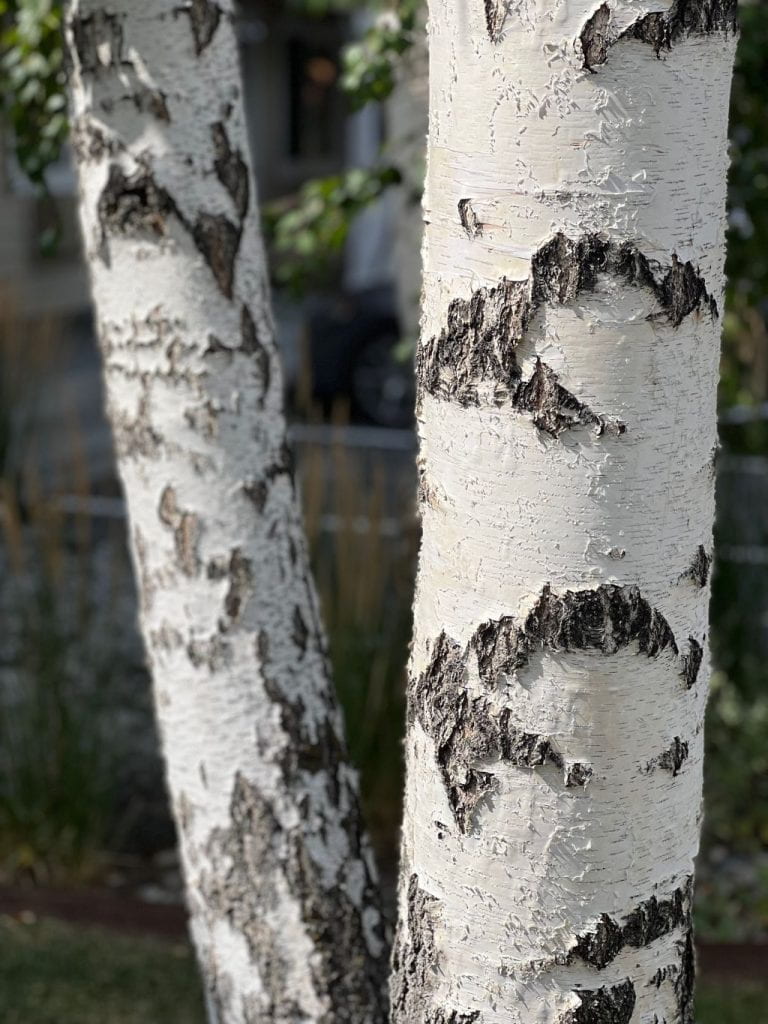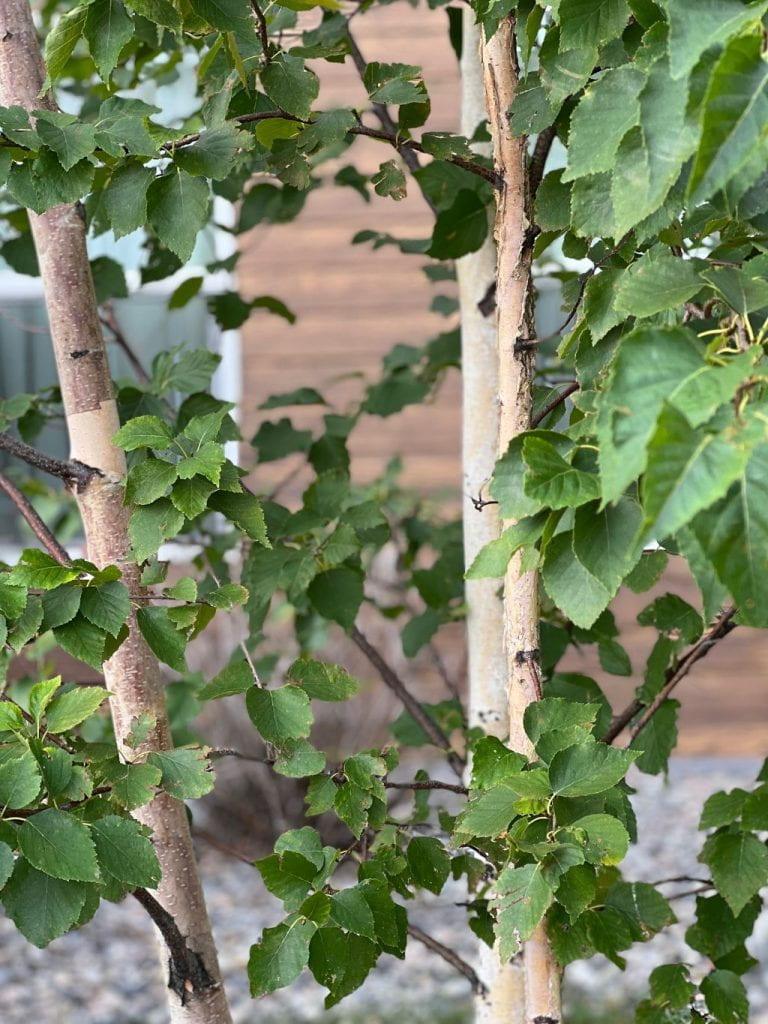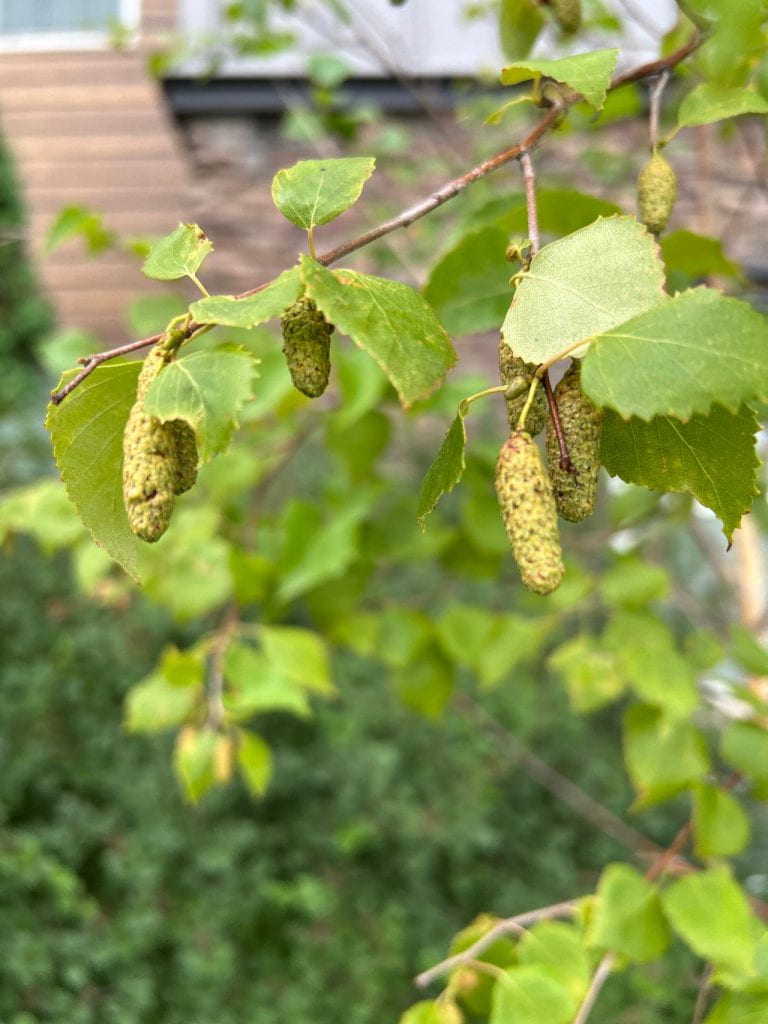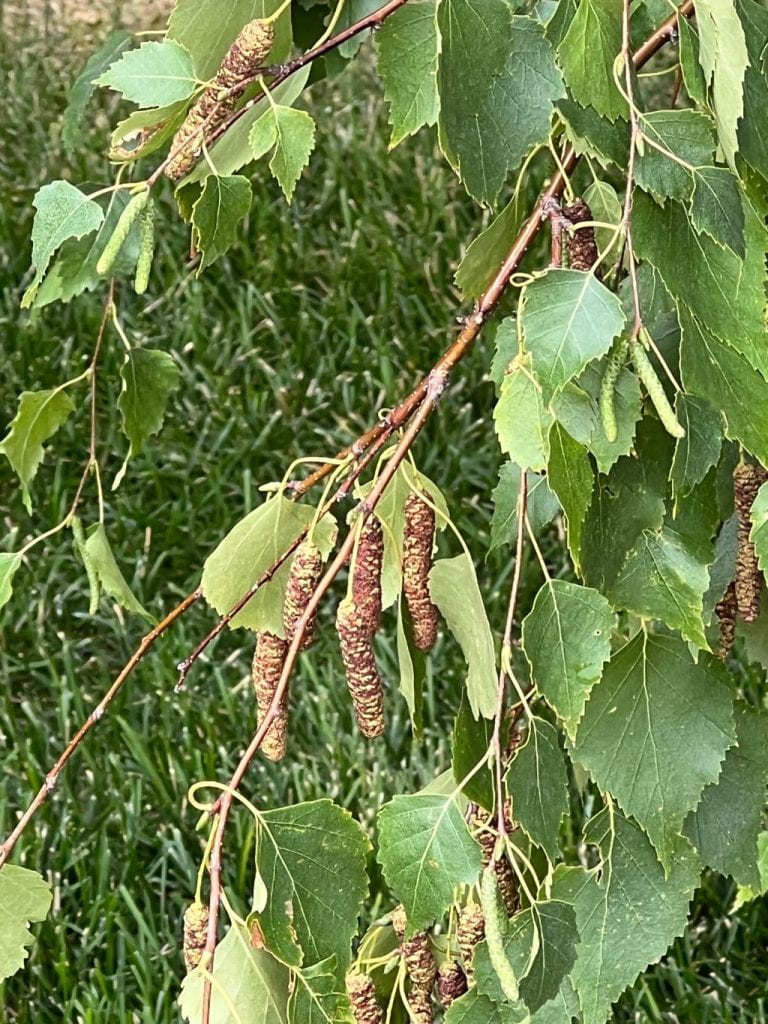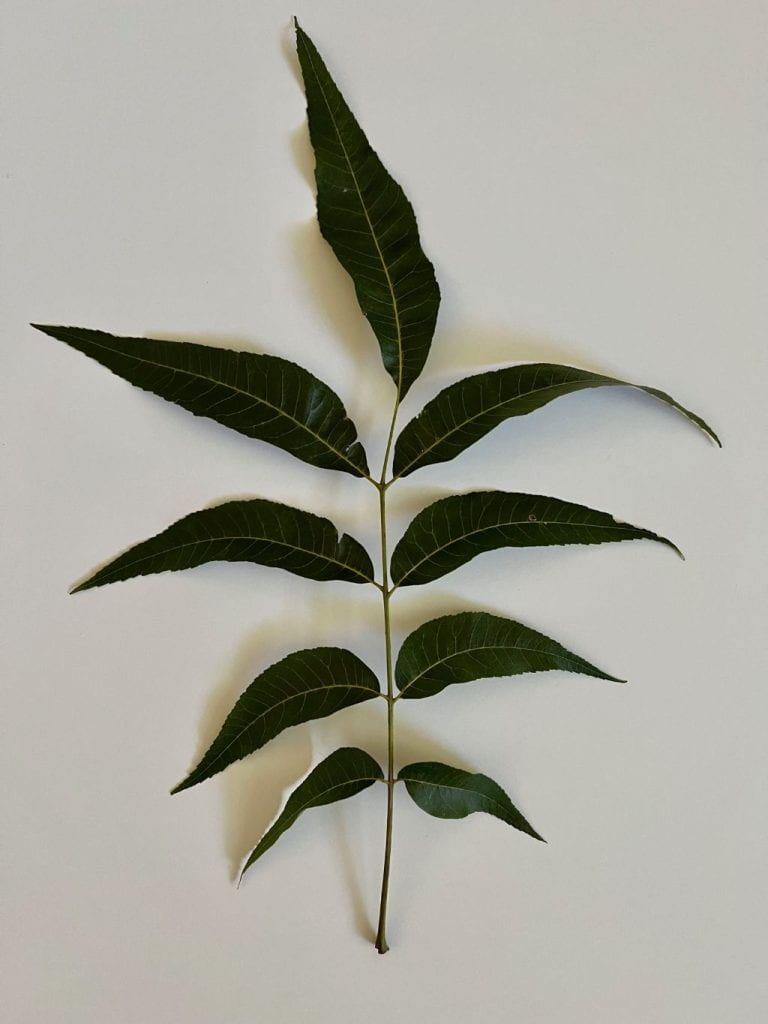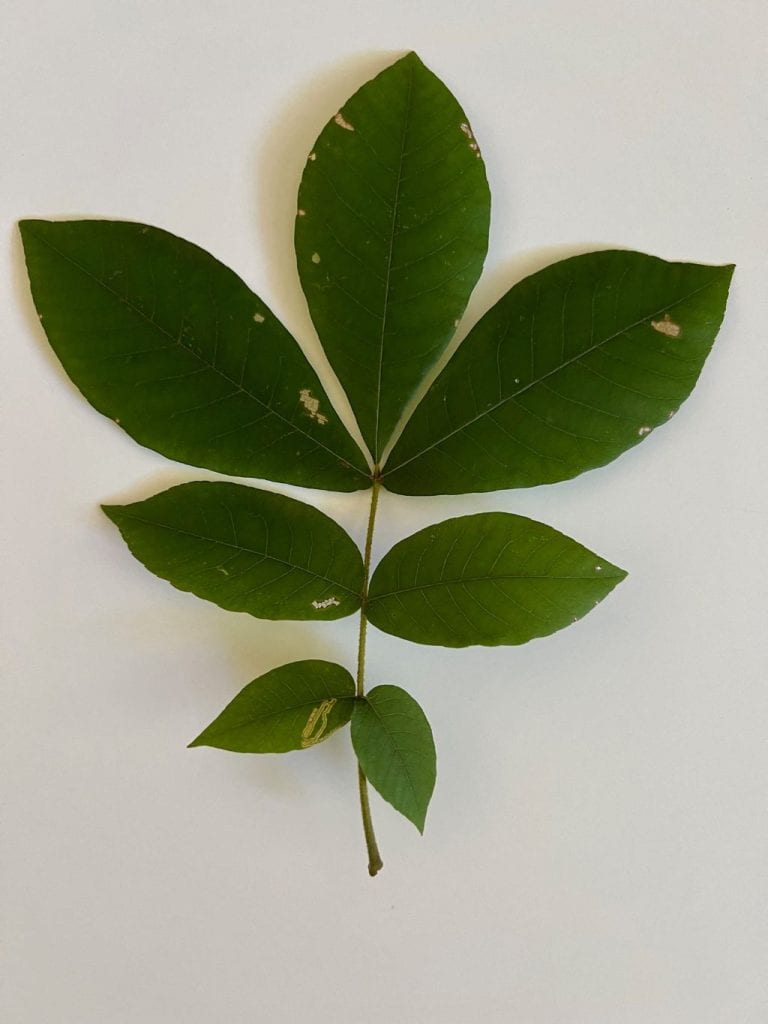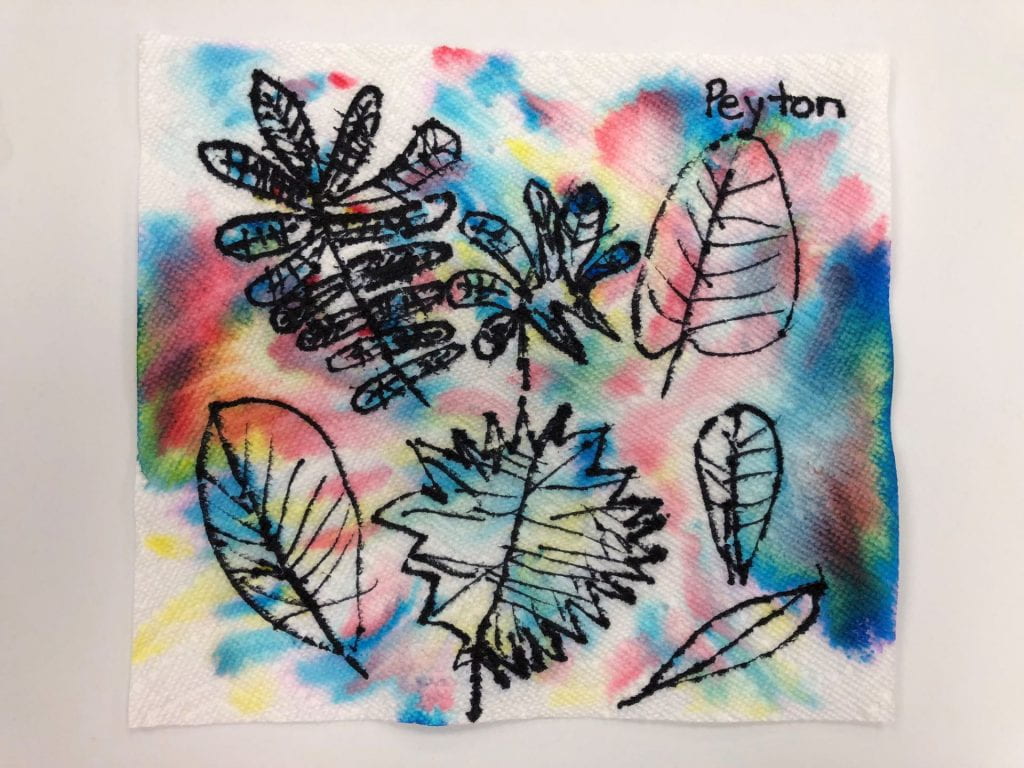Pigeons
I was visiting my daughter in an urban area of Chicago for Christmas. Yes, it was frigid and snowing, but pigeons were still surprisingly active. Before landing on rooftops, synchronized flocks swooped across the sky. Doesn’t this appear to be a black and white photo? However, it was just a gray day with barely a hint of color. I was drawn to the monochromatic palette.
As I watched the behavior of pigeons, I wondered how they have adapted to life in the city. They are certainly amazing birds and I have a greater respect and interest in them after further study!
Some facts:
There are hundreds of species of pigeons, and they are related to doves.
They historically nested on coastal cliffs which is why feral pigeons have easily adapted to living on city buildings.
Highly social animals, they are often seen in flocks of twenty to thirty birds.
Pigeons mate for life and both sexes care for their two chicks. They average eight broods a year.
Young are fed nutritious crop milk which is regurgitated from their parents.
Pigeons are selectively bred for racing, show, and in some cultures for pets.
They can fly up to 600 to 700 miles in one day at speeds averaging 78 mph.
Pigeons are known to be highly intelligent and can recognize themselves in a mirror.
Do you remember the scene in which the Banks children in Mary Poppins want to feed the pigeons for tuppence a bag?
Integrate history into your study of pigeons by investigating passenger or homing pigeons. There are many theories about how pigeons find their way home. They may use the sun and visual cues or Earth’s magnetic field (magnetoreception). Other studies indicate that infrasound (low frequency sound waves) or olfactory navigation guides them back.
Click here to view full screen.
Click here to view full screen,
To view full screen, click here.
Noah may have been the first to use a homing pigeon. He sent out a dove who returned to the ark:
“He waited another seven days, and again he sent forth the dove out of the ark. And the dove came back to him in the evening, and behold, in her mouth was a freshly plucked olive leaf. So, Noah knew that the waters had subsided from the earth.” (Genesis 8:10-11)
Mo Wilhelm has a popular picture book series about pigeons for young children. Teach dialogue and character traits through the series. These humorous tales can also be used to instruct persuasive writing and types of sentences (commands, statements, exclamatory and questions).
Click here to view full screen.
Click here to view full screen.
Search for additional monochromatic examples in nature, in your home, or in clothing. Such a great assignment to teach observational skills! Task your students or children with creating a realistic or abstract monochromatic painting. For additional fun, ask them to dress in a monochromatic scheme.

